We’re excited to introduce you to the always interesting and insightful Oran Stainbrook. We hope you’ll enjoy our conversation with Oran below.
Oran, looking forward to hearing all of your stories today. Let’s start with inspirations and heroes. Are there any historical figures you look up to?
My patron saint – or the historical figure who I idolize and wish to emulate most – is Leonardo da Vinci. Da Vinci dedicated his entire life to creativity and invention. He explored so many realms of art and science that the only adequate description of his career is ‘polymath’ or ‘renaissance man’. To describe oneself as either of those things feels a bit conceited, but in looking up to this man as an example, I strive to ignore the boundaries and norms that typically box people into being just one ‘thing’. I try to keep an open mind and nurture within myself a spirit of curiosity and exploration, so that I can develop a myriad of interests and skills.
While he is primarily remembered for the few artifacts (paintings and drawings) that have survived the centuries, Da Vinci was highly valued in his time as a generalist. This was due to the fact that his ability to think across multiple disciplines and connect the dots between disparate fields was unrivalled. Part of what makes his paintings so captivating is the fact that he didn’t just paint mountains – he studied geology. He wasn’t simply trying to match the skin tone and proportions of a model – he had literally dissected cadavers to gain a deeper understanding of anatomy. He painted people and animals alike with a kind of x-ray vision – he could see what was underneath the surface of flesh. Even his depictions of water illustrate a keen understanding of fluid dynamics.
While I have pursued many hobbies and ‘side-hustles’ these past ten years since graduating from university with a degree in architecture, I have committed the majority of my energy to design-build. But like da Vinci, I try to make my creative process one of exploration and an opportunity to gain a deep understanding of how things work. In my practice thus far, I have spent much of my time working to gain competency in as many of the trades as I can. I like to know how plumbing, electrical and HVAC systems come together and interface with the framing, structure and finishes of a building. I think a lot about biology and physics in attempting to design architecture that can harness the energies of sun, wind and rain, to reduce its carbon footprint while enhancing the ecology of its site.
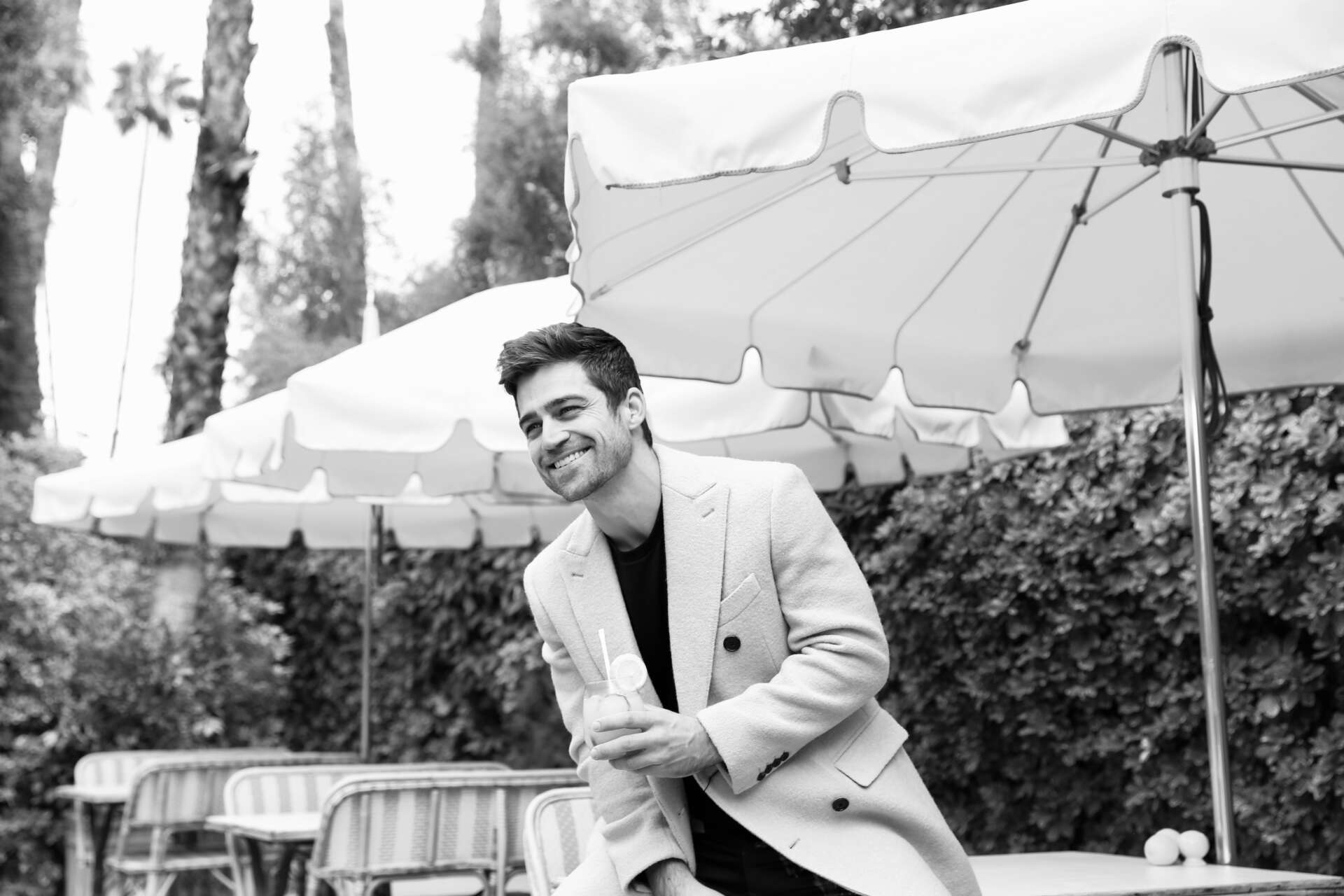
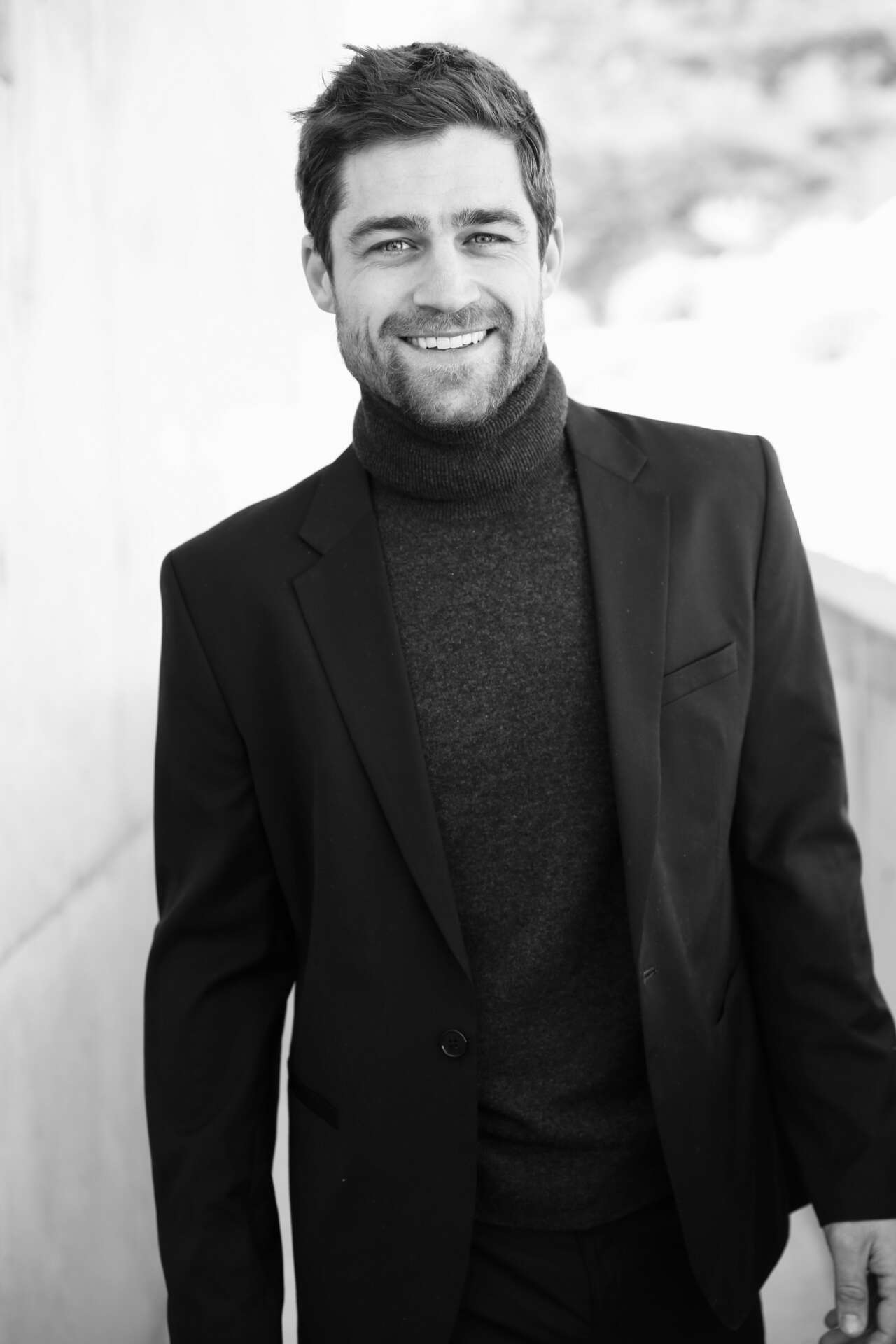
Great, appreciate you sharing that with us. Before we ask you to share more of your insights, can you take a moment to introduce yourself and how you got to where you are today to our readers.
Five years ago I bought an old, dilapidated general store building in a tiny, rural, former mining town in the high-mountain desert of central Utah. Since then I’ve been working to renovate, restore, and reinvent the property as a creative retreat with my company ‘recollab’. The mission of recollab is to develop and manage real estate to provide live-work space for artists, and offer short-term/nightly rentals to visitors and patrons of the arts. We partner with practitioners of all kinds to host retreats and transformative experiences centered around creativity and wellness.
Our main guiding principles in establishing ‘The Store’ as a retreat space are to provide an environment that is conducive to healing, inspiration, and community building. We hope to have a positive impact on the surrounding community by providing a space for connection and socialization, and directing resources towards public space improvement and beautification projects. If all goes according to plan, we’ll eventually acquire and develop another property, and someday have a whole network of projects across the country.
I’m passionate about historic preservation and rural revitalization and there are so many historic buildings throughout rural America at risk of being lost. In terms of sustainable design and green building practices, saving historic buildings from collapse or demolition is one of the best things we can do. On the same note, many of our rural communities are at risk of economic depression, population loss and even of disappearing altogether. It’s important that we invest in and preserve the rich heritage of these places.
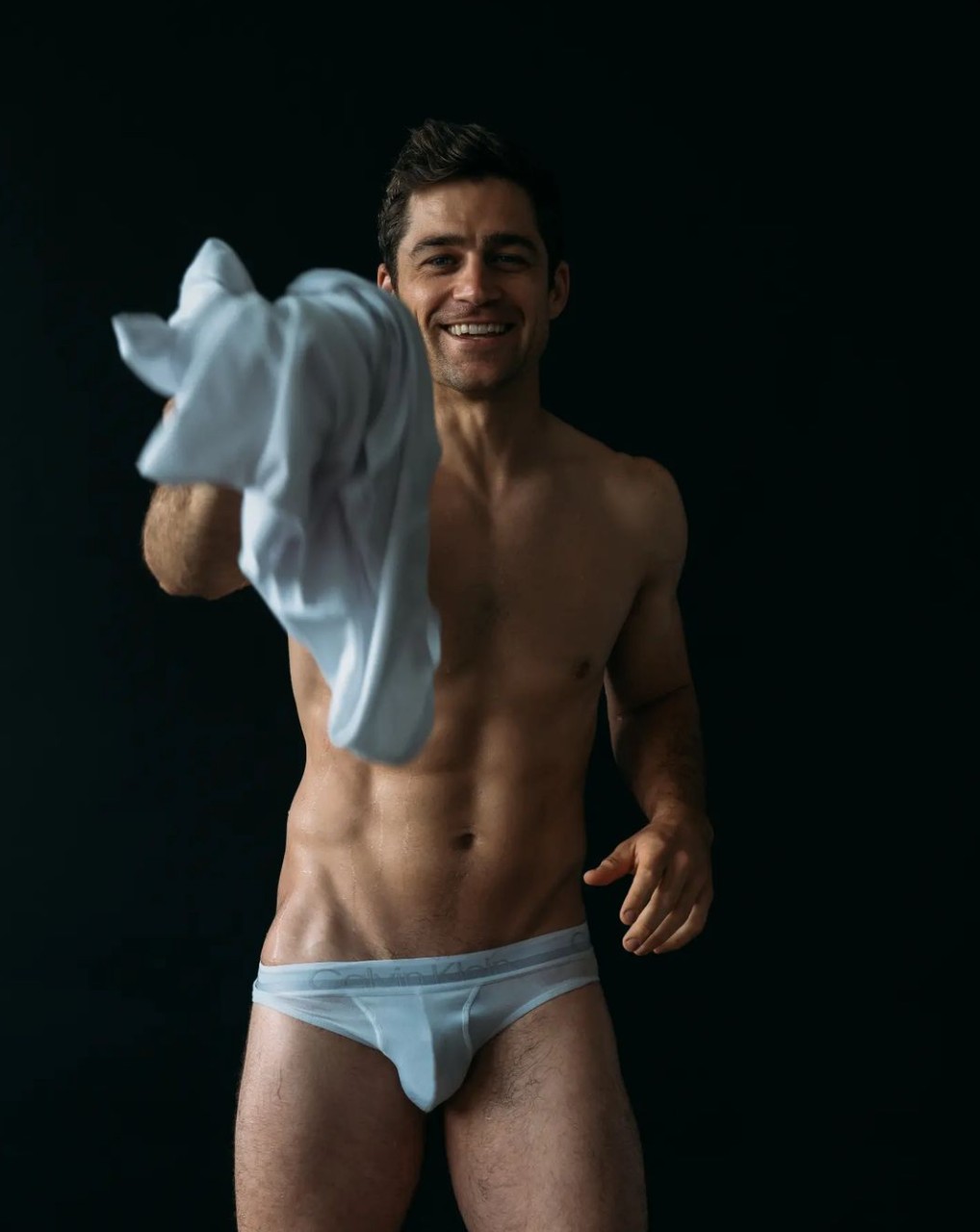


Can you open up about how you funded your business?
While a smarter person probably could have figured out a better way to fund this operation, I did it with simply a lot of hard work and personal sacrifice. I worked for years to save up money to get started, and have continued working side jobs to bootstrap the business and finance the construction myself. I am now to a point where the business is profitable and self-sustaining, so I am continuing to build out the space as I have the cash to do so. It’s important to me to remain debt-free and in control of my time – this allows me to protect the integrity of my vision and create something that is full of heart and soul.
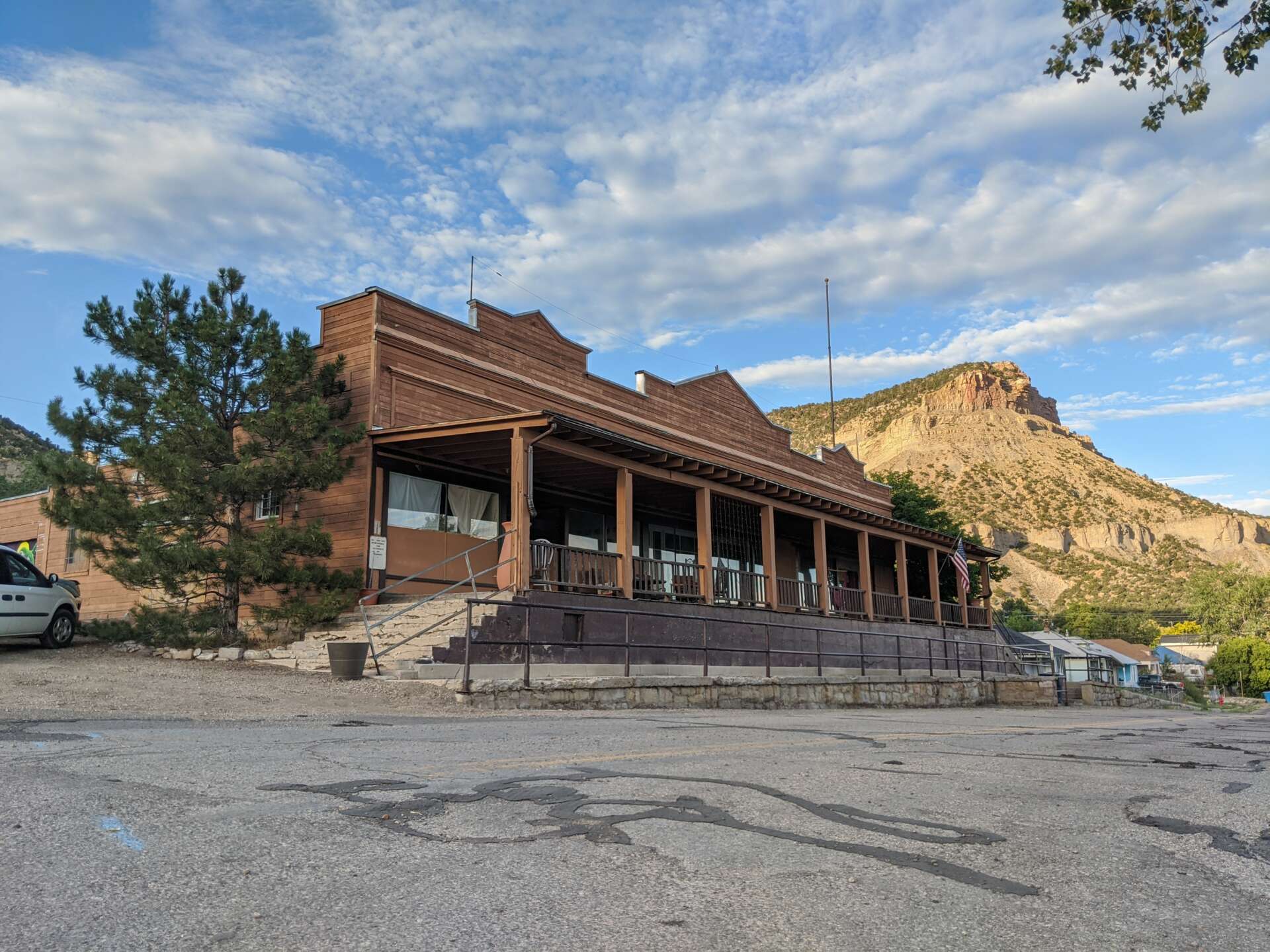

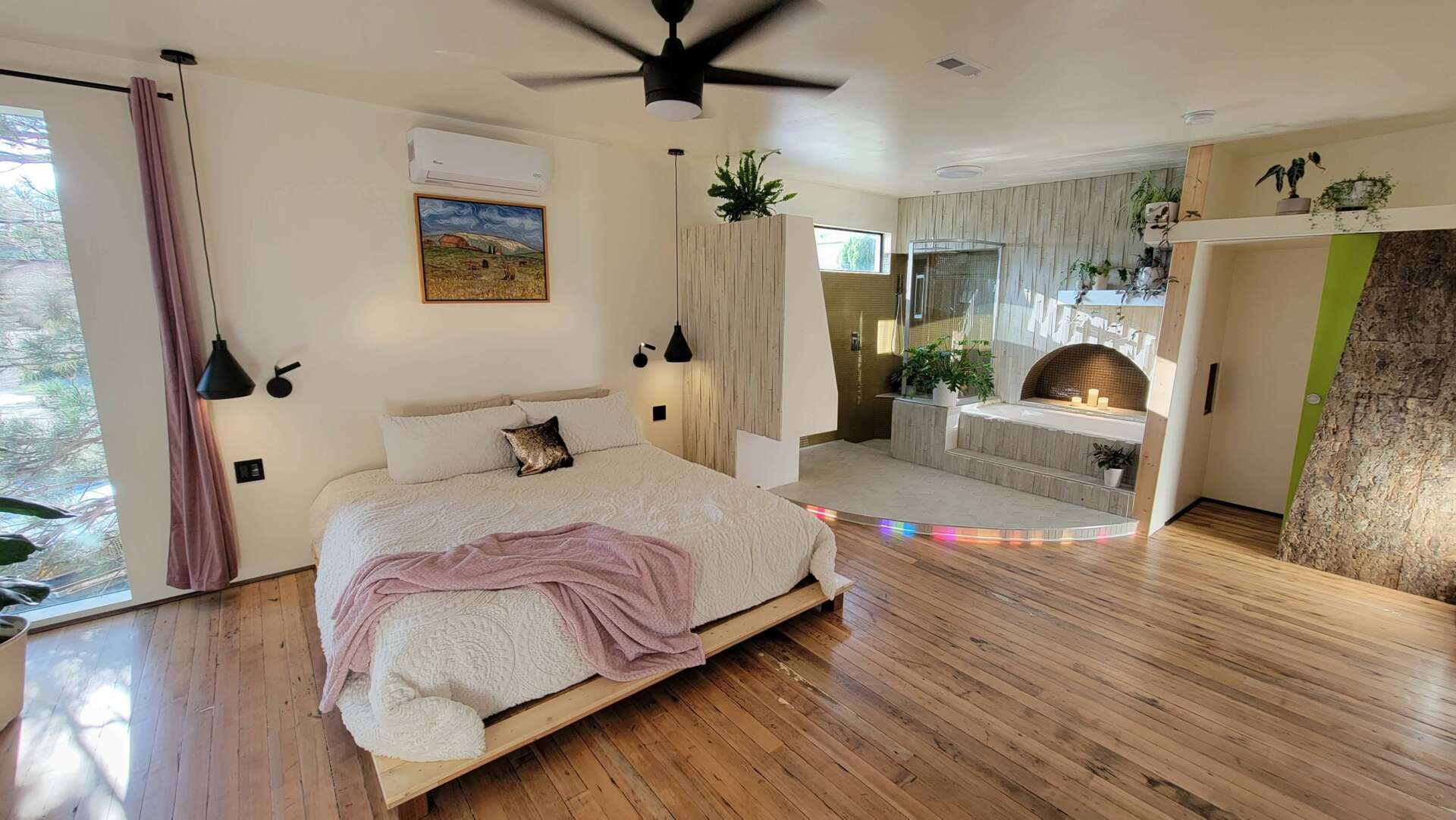
Have any books or other resources had a big impact on you?
The book I seem to recommend most is ‘Emergent Strategy’ by Adrienne Maree Brown. It is not your typical business or self-help book, though it has elements of both. It’s a widely relevant guide book for navigating the complexities of entrepreneurship and activism, written in context of the fact that we’re heading into a mysterious and exciting future that we are all actively co-creating.
Contact Info:
- Instagram: www.instagram.com/oranstainbrook
Image Credits
Adam Tyree, Joel Codi


